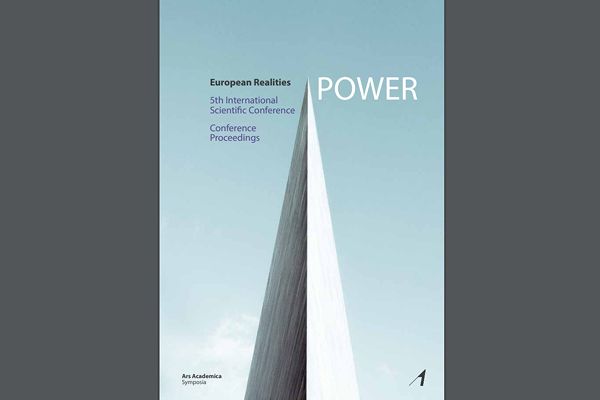Notifications list
Age differences in the relationship between media use and attitudes about vaccination
Published: 20.10.2023.

Prof. Željko Pavić, PhD, Marina Đukić, PhD and Adrijana Šuljok, PhD are the authors of the paper “Age Differences in the Relationship between Media Use and Attitudes about Vaccination”. The paper is part of the proceedings of the conference “European Realities – Power. 5th International Scientific Conference” published by the Academy of Arts and Culture in Osijek, J. J. Strossmayer University of Osijek and the Croatian Academy of Sciences and Arts, Center for Scientific Work in Vinkovci, Croatia.
Theoretical approaches that analyze media effects can be divided into those which state that the impact is real, comprehensive and one-way, and those which state that there is a reversed causality, i.e. that values, characteristics and attitudes affect the way the media are used. In this paper, these approaches were developed on the example of the attitudes towards vaccination, a topic that has become an extremely important social and public health issue with the outbreak of the COVID-19 pandemic. The authors analyzed the data collected in a pilot study on attitudes towards vaccination conducted before the start of the COVID-19 pandemic on a convenience online sample of the Croatian population (N = 822). The results of the research study showed the lack of influence of television and the limited and uneven influence of the use of the Internet and Internet social networking sites on attitudes towards vaccination, i.e. on conspiracy beliefs in the field of vaccination. Namely, the research results revealed negative correlation between the Internet and SNSs use and conspiracy beliefs, which probably flows from the impact of social integration or the prevailing positive information that can be found about vaccination online. Furthermore, age was proven to be a significant moderator variable, given that the negative correlation between time spent online and conspiracy beliefs is much stronger among younger people, and the moderating impact of time spent on social media moved to the opposite direction. The results of the research therefore indicate a need to better understand the use of old and new media, their communicative differences, age differences in their use, and other background variables that can lead to unequal influences of the media on different social groups.
The paper is available at the link.
